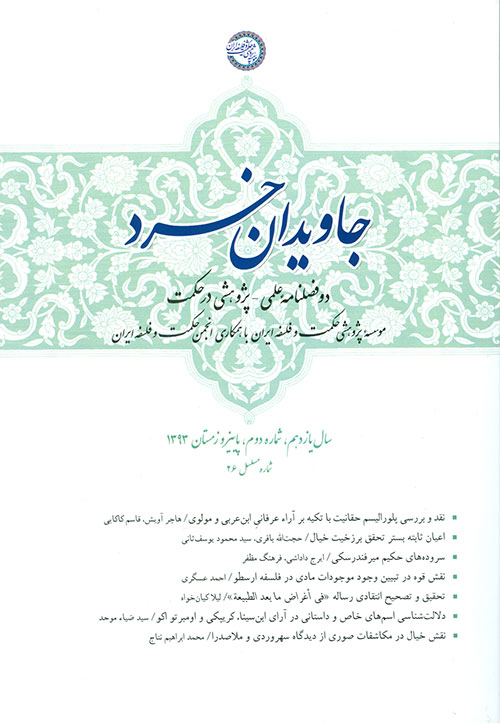بررسی تطبیقی تحلیل هیدگر از معبد یونانی و تحلیل هانری کربن از کعبه
کلمات کلیدی:
هیدگر, کربن, قاضی سعید قمی, پدیدارشناسی, معبد یونانی, کعبهچکیده
هنر به نحو سنتی یکی از «مسائل اساسی پدیدارشناسی» بوده است؛ ازاینرو میتوان از آن بهعنوان معیاری برای مقایسه دو نوع پدیدارشناسی استفاده کرد؛ بدین ترتیب کار ما، مقایسه دو رویکرد پدیدارشناسانه با معیار زیباییشناسی است. ما با بررسی نگاه مارتین هیدگر به یک اثر هنری (معبد یونانی) و مقایسه آن با تحلیلی که هانری کربن از یک بنای اسلامی (کعبه) ارائه میکند، برخی از قرابتها و تفاوتهای این دو نوع پدیدارشناسی را نشان دادهایم؛ پس از آن دریافتیم که پدیدارشناسی کربنی به نحوی از سنت پدیدارشناسی فاصله دارد، که تنها آن را به معنای دیگر میتوان پدیدارشناسی نامید؛ و رویکرد کربنی بیش از آنکه حاکی از پدیدارشناسی سنتی باشد، رویکرد حکمی اسلامی را بازتولید میکند.





